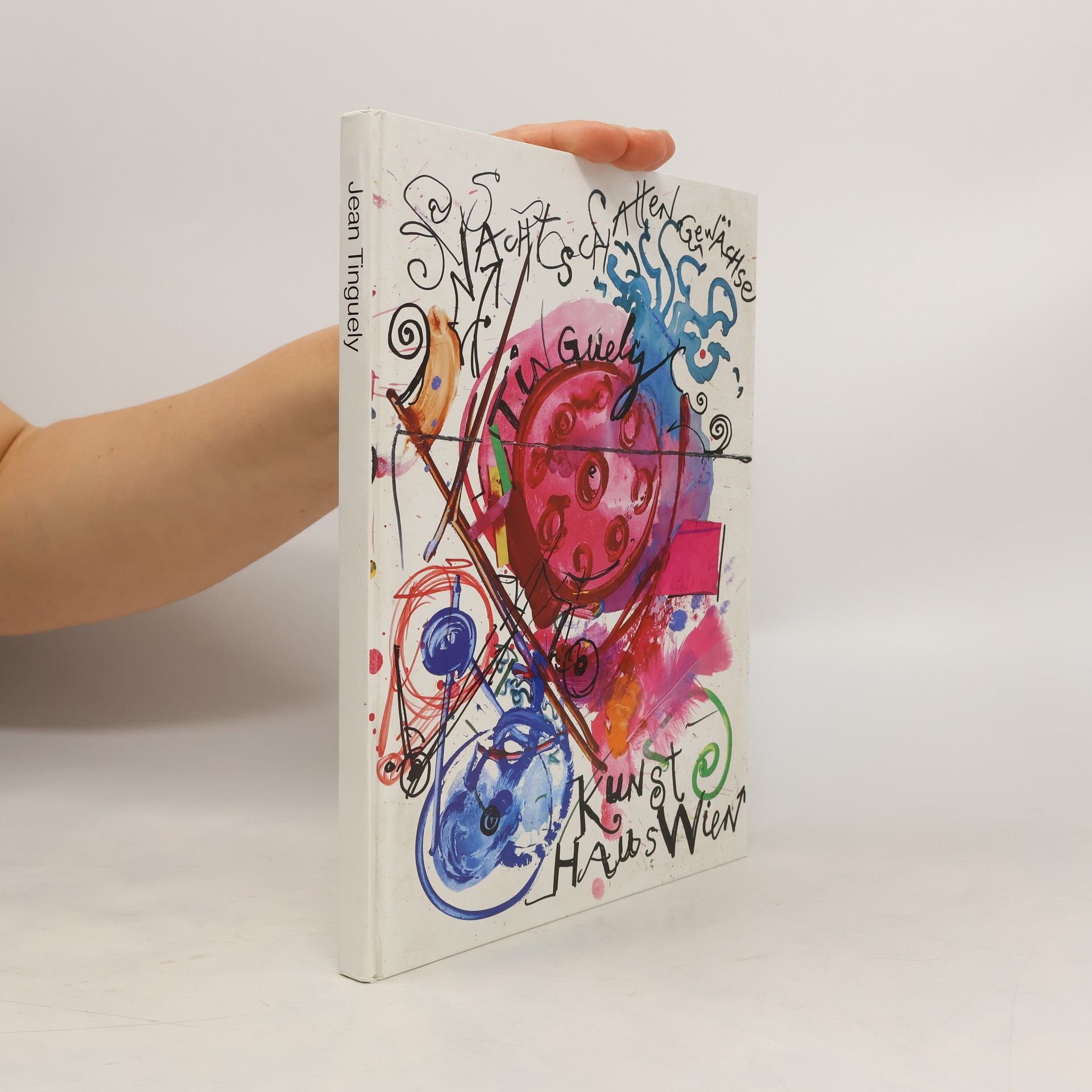Jean Tinguely Boeken






Mengele - dance of death
- 63bladzijden
- 3 uur lezen
The equally burlesque and sepulchral installation Mengele-Dance of Death (1986), created out of the remnants of a devastating fire, assumes a key position in the late oeuvre of Swiss artist Jean Tinguely. The group of kinetic sculptures combines the memento mori motif, a reminder of the equality of all mankind in the face of death, and an admonition against all forms of totalitarianism with the irony and penchant for the grotesque that are peculiar to Tinguely's work. The publication will be released on occasion of the opening of the specially created exhibition space in the Tinguely Museum Basel. Contributions by Roland Wetzel, Sophie Oosterwijk and Sven Keller, along with an interview with Jean Tinguely shed light on the work's genesis, the tradition of the dance of death motif, and the myth of the name-giving NS perpetrator Mengele.
In contrast to the canonic Tinguely discourse, that largely concentrates on the playful, kinetic aspects of his machines, this study will be the first-ever to scrutinize the more topical, theoretical, interdisciplinary and critical aspects of his work. Renowned authors on the subject of 1960s art will discuss the ambiguous nature of Tinguely’s work. They will, for instance, examine the infectious cheerfulness of the machines that connects with a darker, more ambivalent view of human existence and death; the predisposition towards – and rejection of – technological advances; Tinguely’s utopian yet simultaneously dystopian vision of society; his love of art history and the museum paired with anti-institutional critique and, of course, his paradoxical relationship to materiality/production and destruction. The publication ends with a panel discussion of the meaning of Tinguely for visual art and the museum in the 21st century.
